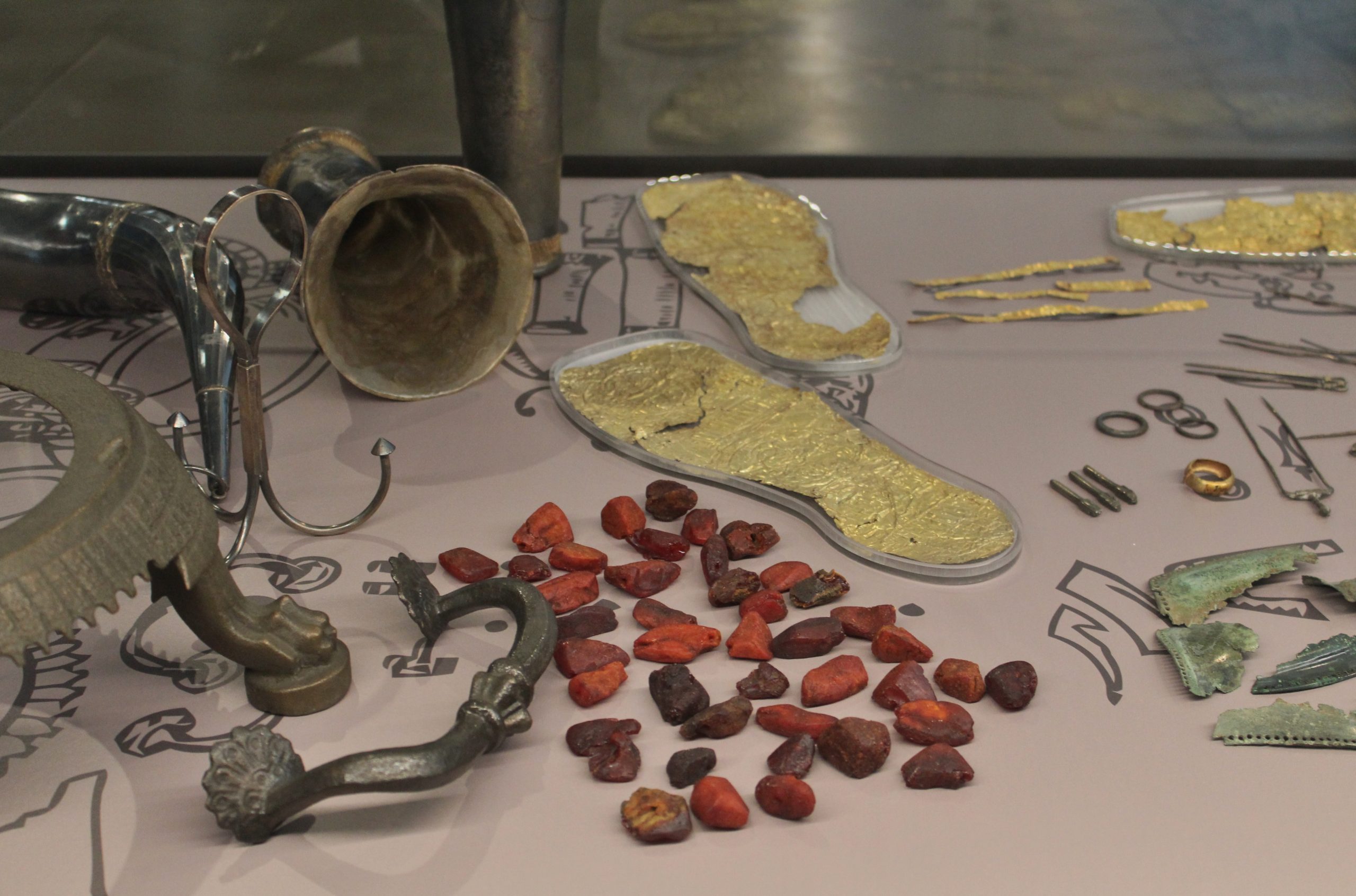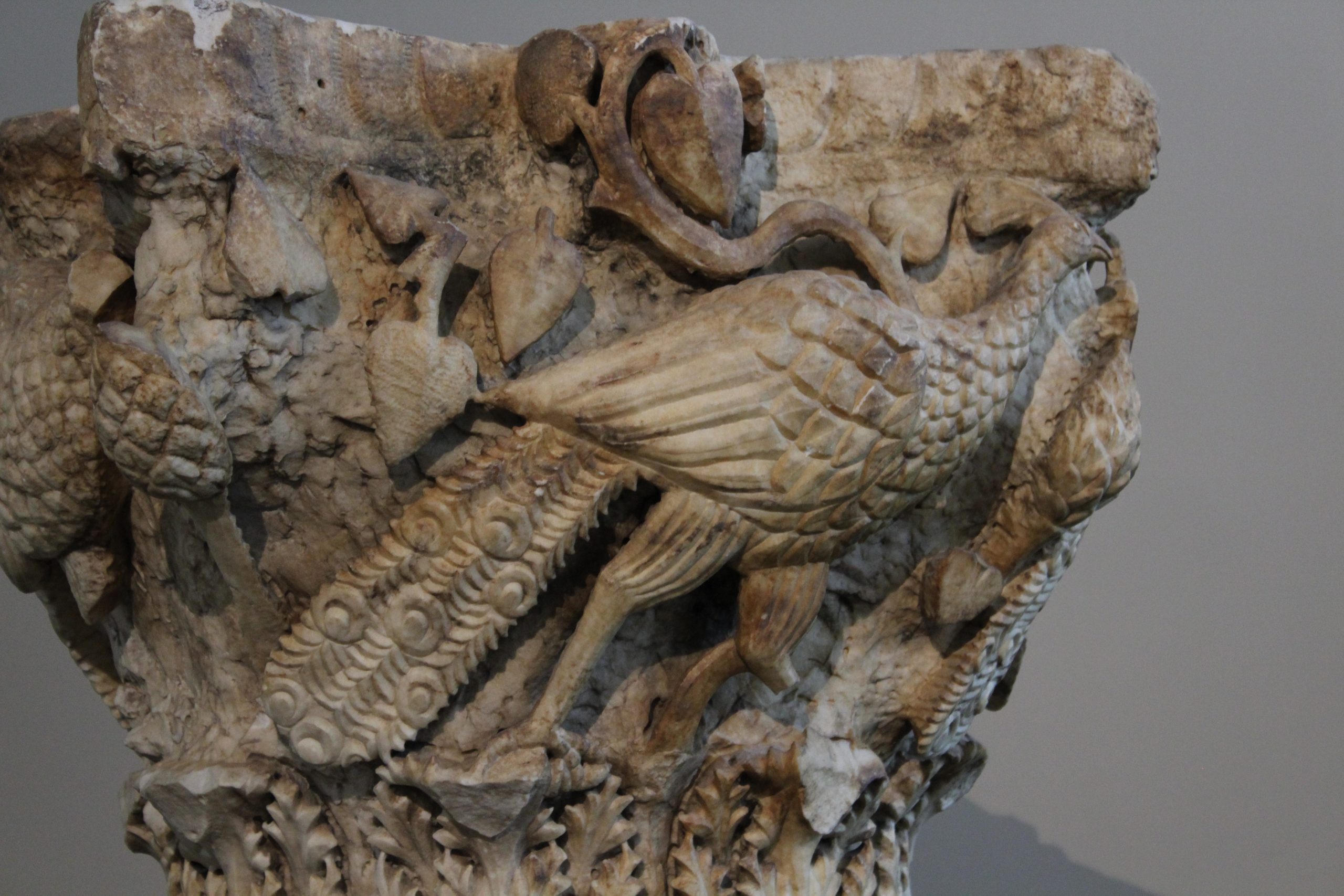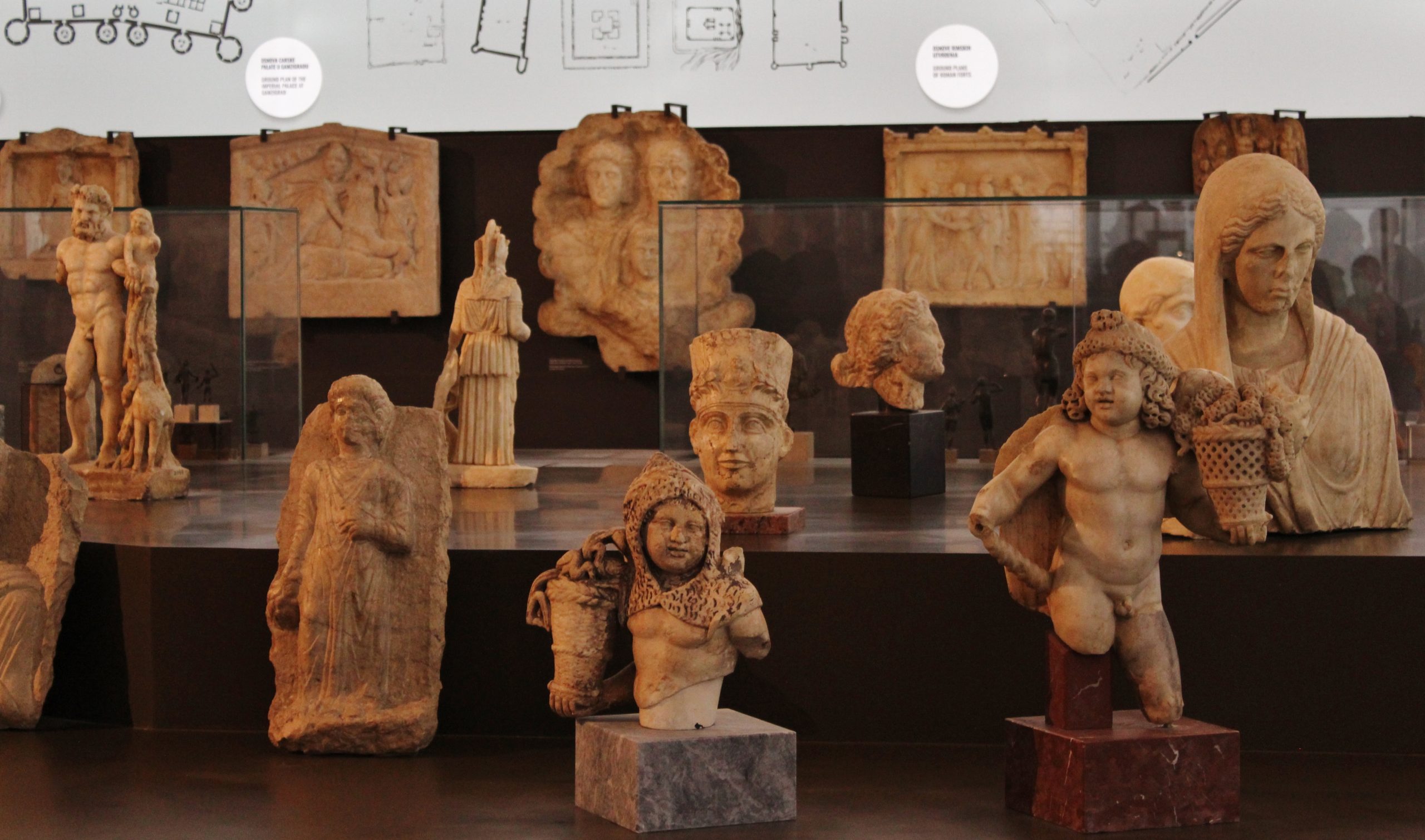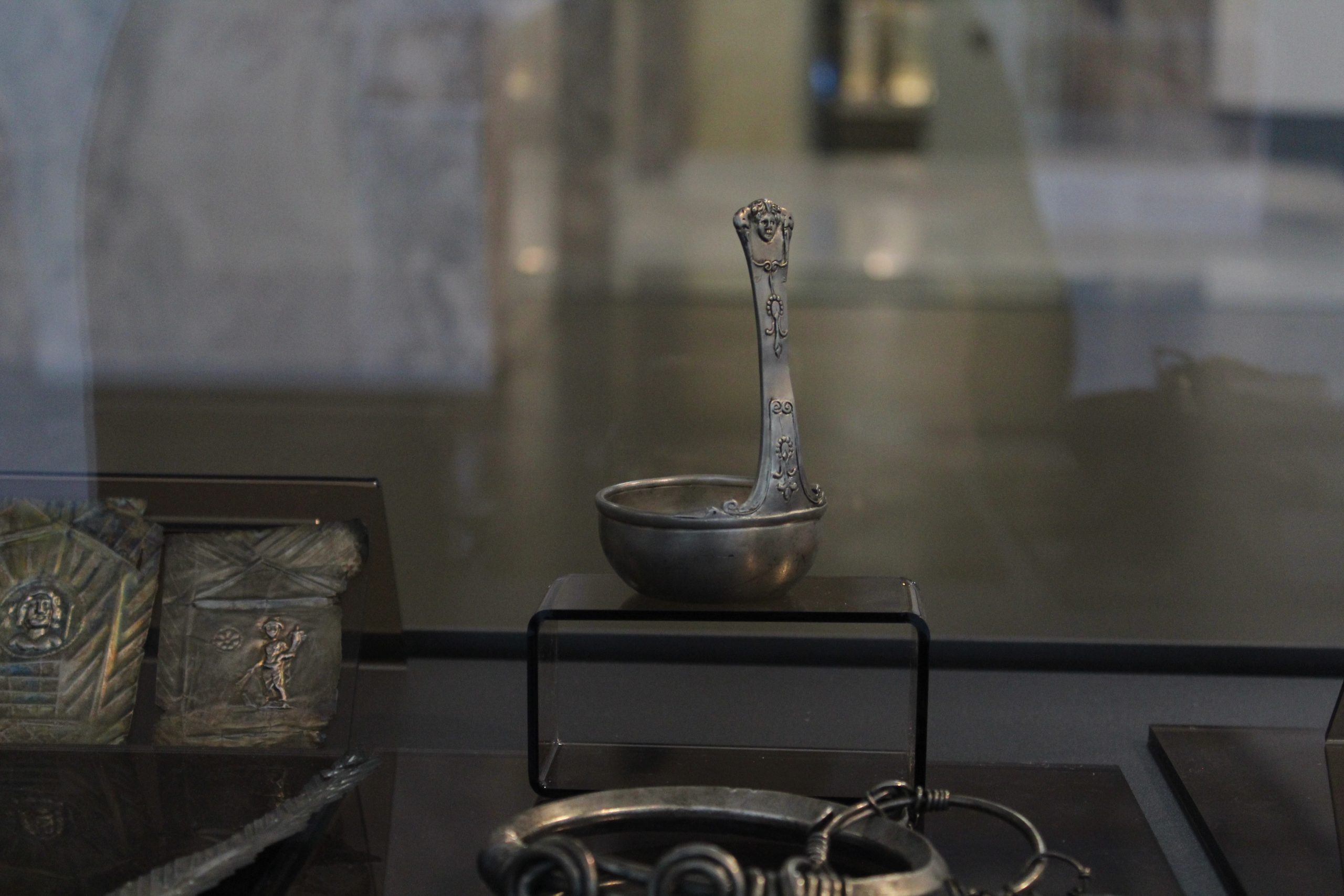WHERE IS IT?
The National Museum is located on Trg republike 1 in the vicinity of the National Theater.
The ancient collection is located on the ground floor of the building of the National Museum and is composed of objects dating from the prehistoric period, the culture of the metal age, as well as from the Greek, Hellenistic and Roman periods in the Balkans.
THE HISTORY OF THE NATIONAL MUSEUM
The National Museum was founded in 1844, on the initiative of the then Minister of Education Jovan Sterija Popović. The collection was small and consisted of money and modest collection of items from the ancient and medieval periods. Due to the gifts of prominent individuals, the museum's collection slowly expanded, so in 1871, the Museum was opened for the first time to visitors in the building on today's Studentski trg. Later the museum was moved to the private houses. During the First World War the museum was severly dameged. By ceding the building of the New Palace in 1936 for the museum space, Prince Pavle Karađorđević finally laid the foundations for a serious museum exhibition. The museum was named after him, which it bore until 1945. In the post-war period the Museum was finally moved in today's building in 1950. After two years of preparation, the National Museum opened to the public.
Today's museum is an institution that gathers several exhibition spaces: the Gallery of Frescoes, the Museum of Vuk and Dositej, the Archaeological Museum of Djerdap, the Museum of Lepenski vir near Donji Milanovac and the Lapidarium in the Great Gunpowder Warehouse in Kalemegdan.
In 2018, after fifteen years of renovation, the reconstructed Museum was opened.











THE ANCIENT COLLECTION
The ancient collection includes objects from the prehistoric Mesolithic period, objects from the Neolithic sites of Vinca and Starcevo in Serbia, as well as objects from localities from the Balkans from different historical periods: the Metal Age, Celtic, Illyrian, Greek, Hellenistic and Roman. In that rich collection, some especially valuable art objects that come from the earliest history of the Balkans stand out, such as sculptures from Lepenski vir or carts from Dupljaja.
A special group of objects of great artistic value are archaic gold masks and jewelry from the locality of Trebenište (today Northern Macedonia), where gold masks, sandals, military equipment, jewelry, bronze and glass vessels were discovered. The Corinthian crater from Trebenište has a great artistic value with a representation of horsemen, one of the few such preserved objects outside the Greek world.
In addition to the architectural elements from the temples in Stobi, among the most beautiful works of art from this locality are bronze statues of satire from 2-1. century BC
The ancient site on the site of Novi Pazar also provided many valuable material objects: jewelry, utensils, and a beautiful antique vase called ojnohoa stands out, as a beautiful example of the black-figure style characteristic of the archaic period of Greek art.
With the Roman conquest of today's territory of Serbia and the formation of the province of Upper Moesia, a new era in the history of the Balkans began. The objects found in that area are numerous, and most of them are kept in the National Museum. From the territory of today's Serbia, a locality stands out in the area of Tekija, the so-called Tekija pantry from which precious silver vessels and jewelry originate.
Masks from parade helmets were found at the site near Kostol near Kladovo, as well as a realistic portrait head of Traian's father Marco Ulpi Traian the Elder, probably part of a larger portrait statue. Traian's father was a prominent senator during the reign of Emperor Vespasian.
Of special value is the famous bronze portrait of Emperor Constantine from the 4th century found in 1900. during the construction of the bridge in Nis (Naissus), which depicts the head of the emperor in life size.
THE SINGIDUNUM COLLECTION
Singidunum, as an ancient Roman military camp on the site of today's central zone of Belgrade, preserves many remains that testify to life at the beginning of the new era. Most of the objects today are in the National Museum and the Lapidarium.
Numerous sculptures, useful objects, stelae, altars, parts of buildings, money, exibted in the National Museum originate from the ancient Roman Singidunum.
Particularly interesting are the portraits found on the territory of Belgrade, which show priests from the Syrian city of Palmyra. They originated in the 2nd or 3rd century, and came to Singidunum, presumably, as the private property of a high Roman official who had previously served in the East.
The Belgrade cameo (decorative relief made of precious stone) is an exhibit that dates back to the 4th century and is one of the most representative exhibits of the late antique collection. A fragment of a triangular shape has been preserved. The triumph of Emperor Constantine on horseback is shown, with a diadem on his head and a spear in his hand.
Since Upper Moesia was an important mining resource for the Roman Empire, archaeologists discovered that the mines on mountain Kosmaj, near Belgrade, supplied the Empire with metal ores. The center of the area was in Stojnik (Demessus). In 1958, a late antique building with an exceptional floor mosaic was excavated there. Decorated with geometric ornaments, the mosaic floor also reveals the names of donors who, as it is assumed, contributed to the construction of this building. It is possible that this was a former temple, but few historical remains are not enough to verufy it. Out of the seven donor's names, three are Romans, one is Syrian, and three are Greeks. It was common that there were many immigrants from the East in this area of Upper Moesia. It is certain that this area where the building was located was under the jurisdiction of Singidunum.



Translated by Katarina Malešević, Ana Brajović, Mija Bukumirović, Petar Đapić







